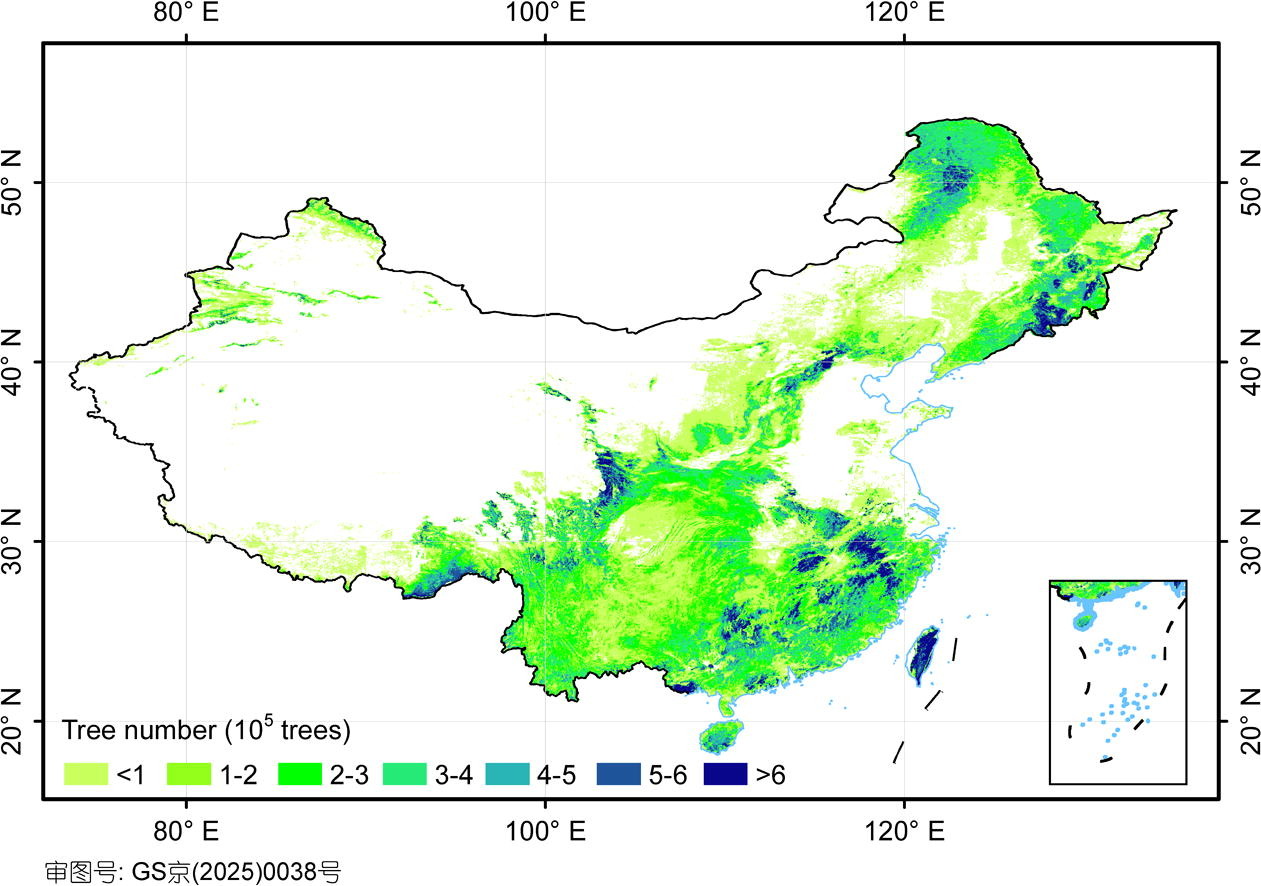A new estimate suggests China is home to 142.6 billion trees, meaning the country has roughly 100 trees per inhabitant.
These numbers are considerable, given how densely populated China is, an expert told Live Science. Still, the total figure may be an underestimate due to the limitations of the technology used to count the trees, the authors of the new study said.
“The actual number could be higher,” said Qinghua Guo, a professor in the Institute of Remote Sensing and Geographic Information System at Peking University and the lead author of the study. China’s Ninth National Forest Resources Inventory counted an average of 426 trees per acre (1,052 trees/hectare) across the country in 2019, which is much higher than the new study’s estimate of 279 trees per acre (689 trees/hectare), Guo told Live Science in an email.
The true number of trees could be somewhere in the middle, but more research is needed to figure out what it is, he said.
An accurate estimate of China’s tree population is crucial to evaluating forest ecosystem conditions and the amount of carbon that is being locked away in trees, Guo said. He and his colleagues also created a detailed map showing the distribution of China’s trees, which they say will help the country hit its ecological and climate targets.
Related: Massive sinkholes in China hold ‘heavenly’ forests with plants adapted for harsh life underground
“The study represents the first high-resolution mapping of tree density across China,” Guo said. “Ultimately, this research contributes to China’s approach to global sustainable ecosystem management and restoration.”
To produce the estimate, the researchers used a laser-based mapping technique called lidar (light detection and ranging). The team has been collecting lidar data from drones since 2015, amounting to an area covering 540 square miles (1,400 square kilometers).
For the new study, the scientists counted the number of trees in this area using software called Lidar360 that incorporates artificial intelligence (AI). They then extrapolated the resulting tree density estimate to obtain a national figure, with the results published Feb. 6 in the journal Science Bulletin.

The technology is cutting-edge, but some features need ironing out, Guo said. For example, Lidar360 cannot detect trees growing below thick canopies. “In densely forested areas, overlapping canopies obstruct the accurate detection of mid-story and understory trees, leading to lower-than-actual tree counts,” Guo said. Incorporating terrestrial lidar data and improving the software could provide more accurate tree counts, he added.
Despite certain limitations, the results broadly align with researchers’ previous understanding of China’s tree population, said Tom Crowther, an assistant professor in the department of environmental systems science at the Federal Institute of Technology Zurich. “Globally, there are closer to 400 trees per person, but in such a densely populated region, it makes sense that this number is lower,” Crowther, who was not involved in the study, told Live Science in an email.
China’s tree population may soon increase, however, because the country is planting seedlings at a dizzying rate. Tree counts could skyrocket this spring as drones are deployed to seed the “Great Green Wall” — a huge belt of trees in the north of China that is being planted to prevent the Gobi and Taklamakan deserts from expanding. The Great Green Wall project — also known as the Three-North Shelterbelt Forest Program — started in 1978 and is due to be completed in 2050, by which point it could hold 100 billion trees. The wall is already the world’s largest seeded forest with more than 66 million trees, but its success in staving off desertification is debated.
The technology used for the study not only helps to count and map trees, but it could also optimize where China chooses to focus its tree-planting efforts.
“The fusion of high-precision data and intelligent models ensures that every tree can be planted in the most suitable location,” Guo said.
